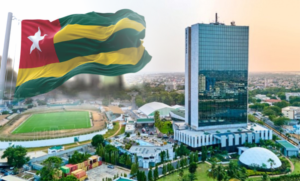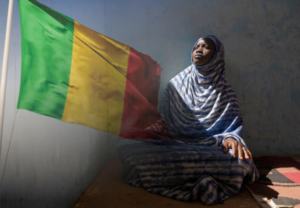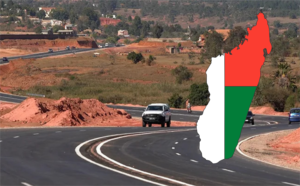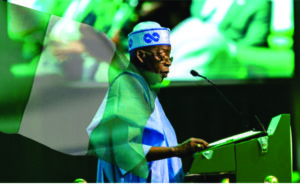Africa’s Cities Public Transport Development: The BRT Revolution Redefining Urban Life
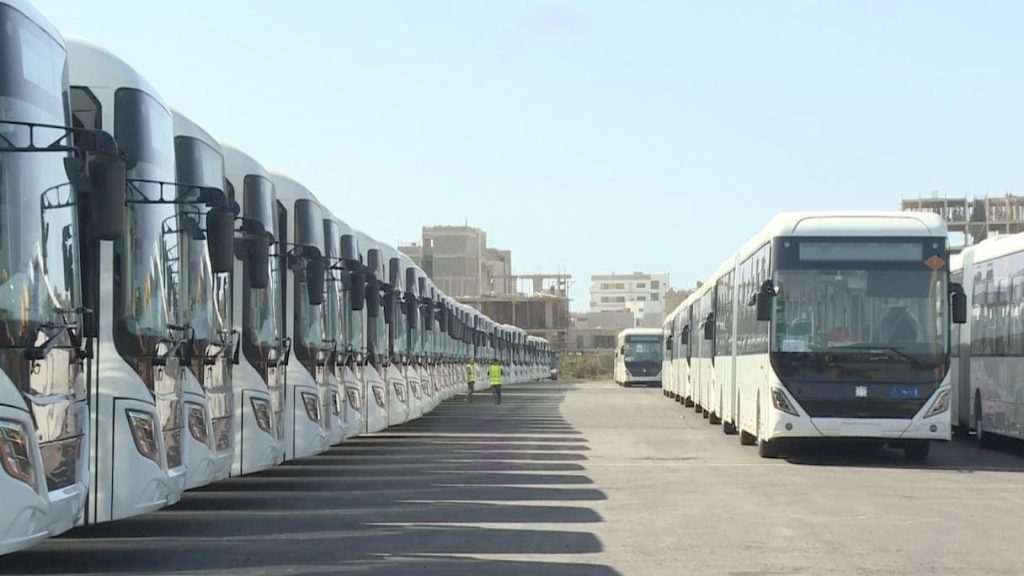
Public transport development in Africa is evolving from informal paratransit to formal, integrated systems, driven by rapid urbanization and a need for efficient, reliable mobility. Key trends include the adoption of Bus Rapid Transit (BRT) systems as a cost-effective alternative to rail, increased use of public-private partnerships (PPPs) for infrastructure financing, and a greater policy focus on non-motorized transport (NMT) and sustainable solutions. However, challenges remain, such as underinvestment, fragmented services, and a legacy of colonial-era infrastructure that does not meet current demand.
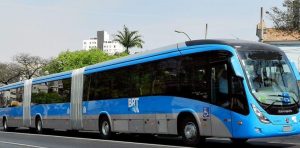
In the heart of Africa’s bustling cities, a quiet revolution is reshaping how millions move, work, and live. From the busy streets of Nairobi to the vibrant avenues of Dakar, Bus Rapid Transit (BRT) systems are emerging as symbols of modernity, sustainability, and hope.
What began as a technical solution to traffic congestion is quickly becoming a social and economic lifeline, connecting families to jobs, students to schools, and entire communities to opportunity. In many African cities where decades of struggling with underinvestment in public transport, BRT systems offer new buses that breeds a new way of thinking about urban life.
Many cities are moving beyond fragmented, informal services like minibuses (“dala-dala” in Dar es Salaam or “car rapides” in Dakar) to more regulated, integrated systems, although informal transport remains dominant.
BRT is becoming a popular choice for its ability to provide high-capacity, high-quality service at a lower cost than rail, with notable examples in cities like Lagos, Dakar, and Dar es Salaam. There is a growing policy shift to integrate walking and cycling into transport networks through initiatives like dedicated pedestrian and cycle paths, as seen in Kigali, Rwanda.
Governments are increasingly using PPPs to attract private investment for financing, constructing, and operating new transport infrastructure, easing the financial burden on the public sector. Technologies like GTFS (General Transit Feed Specification) are being used to help integrate different operators and provide better data for planning, analysis, and improving services.
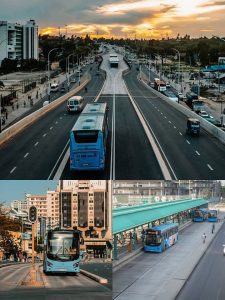
Funding gaps: Despite PPPs, a significant funding deficit remains for developing and improving public transport infrastructure.
Infrastructure deficit: Many urban areas suffer from inadequate road networks, which exacerbates congestion and makes it difficult to implement new systems effectively.
Poor quality and reliability: Even where formal systems exist, service quality can be poor, with vehicles that are old, unreliable, and inefficient, leading to overcrowding and long travel times.
Legacy of colonial infrastructure: Transport networks often still reflect colonial-era priorities, which did not prioritize comprehensive public transport accessibility for the entire population.
Informal sector integration: There is a need for better regulation and integration of the large informal transport sector to improve service quality and safety.
In Dakar, Senegal, the hum of electric buses has replaced the roar of diesel engines. The city recently launched Africa’s first all-electric BRT system, a bold move that positions Dakar as a continental leader in sustainable transport. More than just an environmental statement, the system is transforming daily commutes for thousands who once spent hours navigating chaotic traffic.
Further south, Cape Town’s MyCiTi network continues to grow, linking distant suburbs with the city’s economic core. Designed with accessibility in mind, the service has become a model of inclusion, helping residents from all walks of life move efficiently through a city long divided by geography and inequality.
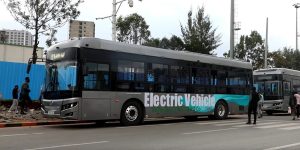
The expansion of MyCiTi is also a signal of political will, reflecting South Africa’s broader commitment to greener, more equitable urban development.
In Nairobi, Kenya, the BRT dream has faced delays but remains firmly on track. The city’s new dedicated bus corridors, cutting through major arteries like Thika Road and Ngong Road, promise relief for millions trapped in daily traffic jams that cost the economy millions of dollars each year. “When the buses finally roll out, I’ll be able to see my kids before bedtime,” says Joseph, a father of three who commutes from Kasarani.
Meanwhile, Dar es Salaam, Tanzania, is already enjoying the fruits of early investment. Its BRT system, launched in 2016, has become a continental success story, praised for its reliability, speed, and affordability. The system moves over 200,000 passengers daily, proving that with strong management and political backing, African cities can deliver world-class transport solutions.
In Addis Ababa, Ethiopia, the government’s push for mass transit reforms is reshaping the capital’s skyline. New bus lanes, ticketing systems, and integration with the city’s light rail network aim to modernize how residents move across sprawling neighborhoods.
Not far away, Kigali, Rwanda, is taking a tech-driven route. With a fleet of electric buses and data-based route management, the city is combining green innovation with digital efficiency. Kigali’s clean and well-organized transport vision, mirrors its broader national ambition, towards becoming one of Africa’s most sustainable capitals.
The rise of BRT systems across Africa is a reflection of changing priorities, which goes beyond just a shift in infrastructure. Cities are recognizing that mobility is the backbone of economic growth, and that sustainable transport can bridge social divides while addressing the climate crisis.
As governments, investors, and citizens rally behind these projects, the roads of Africa may soon tell a new story: one not of gridlock and fumes, but of movement, connection, and shared progress.


